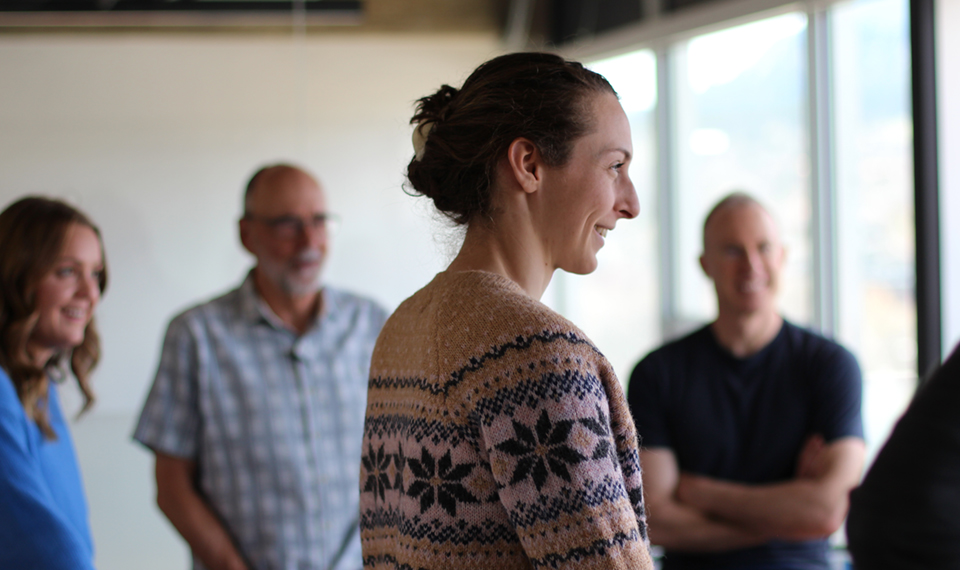We awaken the world to the power and joy of authentic human connection, setting a new standard for leadership that produces meaningful, enduring impact.
Decades of experience building human connections with successful outcomes for global Fortune100, mid-size and emerging companies.
Multi-lingual and diverse backgrounds ranging from management consulting, design thinking and organizational psychology to systems engineering, criminal justice and hostage negotiation.
A range of tools, methods and practices based on how humans interact and what they need to continually evolve.
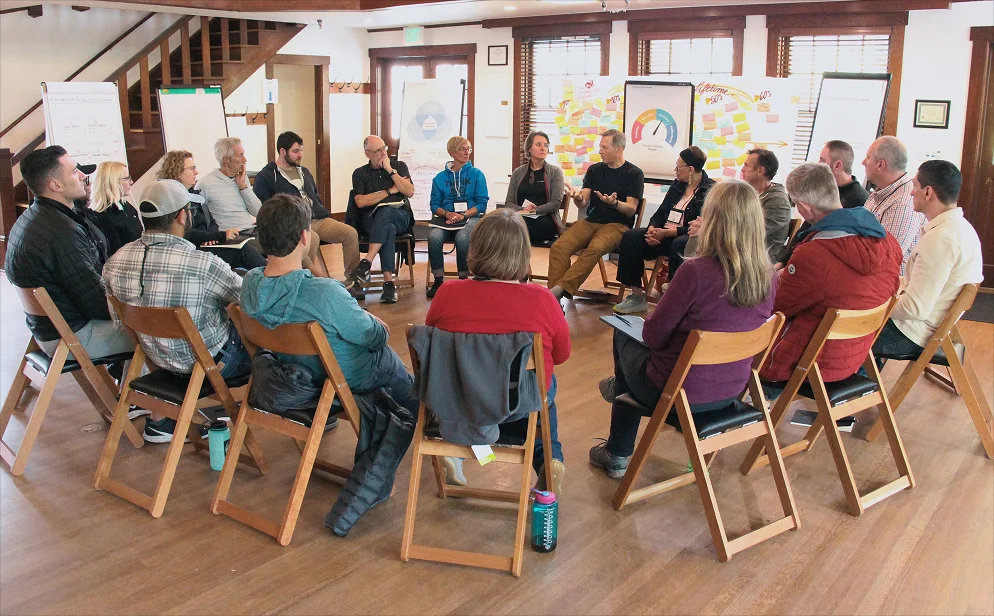
It’s never been more important to keep up with AI, rapid innovation, economic variables and societal changes. This means your leadership must continually grow and develop, ensuring your strategy and culture produce the results you strive for. We understand every organization has unique strengths and challenges, so we work closely with you to develop leaders you need.
We are a leadership development firm with a collaborative approach to developing leaders and optimizing team performance and cross-team collaboration. There’s no ‘one size fits all’ when it comes to leadership and strategy, so together we customize the best solutions for maximum impact.
We know leadership development is a journey that never ends, so we make it our mission to develop current and future leaders who make every conversation an occasion to lead, with impactful and meaningful results.
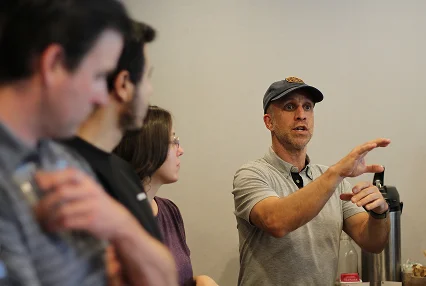
Development and coaching for leaders at every level. More than typical leadership training, our approach incorporates your organizational values and builds unique, experiential solutions that grow untapped talent.
Our solutions can be fully customized to meet your needs, or you can join leaders from other organizations in on-going programs we offer throughout the year for a program series on leadership for new managers, cross functional leaders, or our flagship program for executives responsible for leading culture and setting strategy.

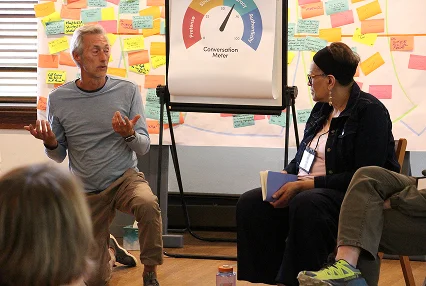
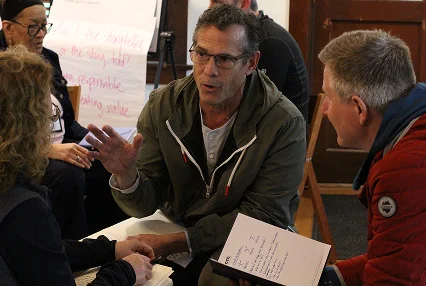
Programmatic methods to guide you through change management and change leadership. Working closely with you, we define strategy, build system maps and collectively move towards a common purpose, with full enablement and training so your team can own future change.
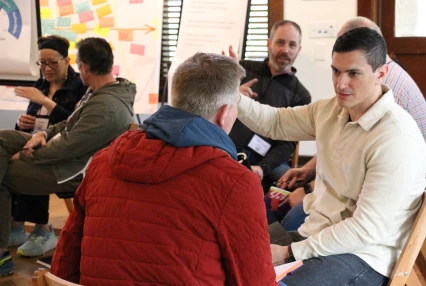
Custom solutions designed to help you navigate, and thrive in complex negotiations and collaborations with industry, government and other outside organizations. Our methods include proven cooperative negotiation, system mapping and large group process design tools to support internal and external partnerships.
We chose to partner with Conversant because they spoke a language that resonated with our organization’s values. In our work with Conversant, we have been able to achieve success by aligning our team around those values through probing conversations that deepen our understanding of each other in the context of our broader mission.
Conversant struck a balance of bring fresh perspective, thinking and solutions to the table, but finding the ways and places that new thinking fit within organizational traditions and deeply held beliefs. Because this balance was realized in early engagements, Conversant has become a preferred partner who we call in frequently, as they deepen their understanding of our business each and every time. It makes solutioning very rapid due to an established understanding of our business, culture and practices, but also due to direct relationships that have been built among many leaders with several of our go-to Conversant partners.
Sr. Director, Talent & Organization Development
Human Resources
Dairy Farmers of America
Over the last 20 years, Conversant and specifically, CII has helped me and over 40 of my top leaders develop the awareness, personal insights, and skills necessary to drive unprecedented growth across four different industries. Over eight months, CII truly gave me (us) a new way of viewing the world and relationships, common sense ways to engage more effectively with the full range of stakeholders, and life lessons that have led to more fulfilling professional and personal lives.
CEO MakoRabco
Since completing CII, I have significantly enhanced my leadership agility, process innovation, and customer relationships, resulting in a complete alignment of my professional and personal skill sets. The payoff has been both immediate and impactful as I have been able to generate an additional $2.5 million in revenue since the completion of the program.
Program Manager, Aerospace Company
The philosophy of leadership that is the bedrock of Conversant resonated with where we knew we wanted to head with developing our leaders and shifting our culture of leadership. In addition, we had high confidence in Conversant initially, because the consultants are experts in the area of practice, but also have extensive backgrounds being in corporate/organization roles prior to joining Conversant. They “get it”.
Conversant is one of the supplier partners I have worked with who bring a team to the project in which every person has a specific (and valuable role). The balance of manpower and value is ever present, which reflects Conversant’s sensitivity and understanding of budget realities and ensuring that the investment is judiciously executed. Conversant is able to very quickly understand the nuances of our business.

Their Challenge
Presbyterian Healthcare Services (PHS) had been working to improve the patient and member experience for many years with variable success; it was faced with renewed urgency to improve the customer experience in order to achieve their mission-critical goals with visible end results.
The Impact
PHS has seen progress in its mission-critical goal of improving the patient and member experience in the hospitals and health plan. The nature of conversations within the organization has changed. Leaders are focused on facts, finding intersections in difficult conversations, and asking, “what is it time for now?” Awareness of presence, learning to listen and the impact of leader behaviors on the environment are forefront.

Their Challenge
The milk marketing cooperative Dairy Farmers of America faces a rapidly evolving dairy industry, with competitive and environmental pressure requiring leaders that could take DFA into the future. They recognized the need to prepare the next generation of leaders who respect DFA’s past, are deeply committed to DFA’s values AND can lead the organization through the complexity and various challenges.
The Impact
The first three years of the Make Your Mark programs gave rave reviews of their experience. These included marks of 4.8 for the mid-level leader program and 4.7 on a 5.0 scale for the senior-leader program regarding the overall experience value. They also expressed that their participation in the program will add value to the organization, through scores of 4.8 and 4.7 respectively.
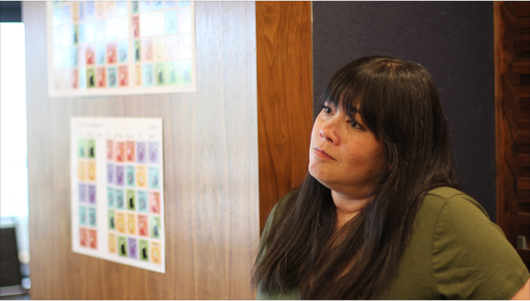
Their Challenge
Secureworks is a cybersecurity firm specializing in threat intelligence detection and response. The company offers advance threat and critical asset protection, compliance and cybersecurity risk management, and security operations services.
The Impact
The Secureworks executive team, according to the CEO, is more aligned to strategic priorities than any time in their history.
We help you navigate challenges and offer new perspectives.
